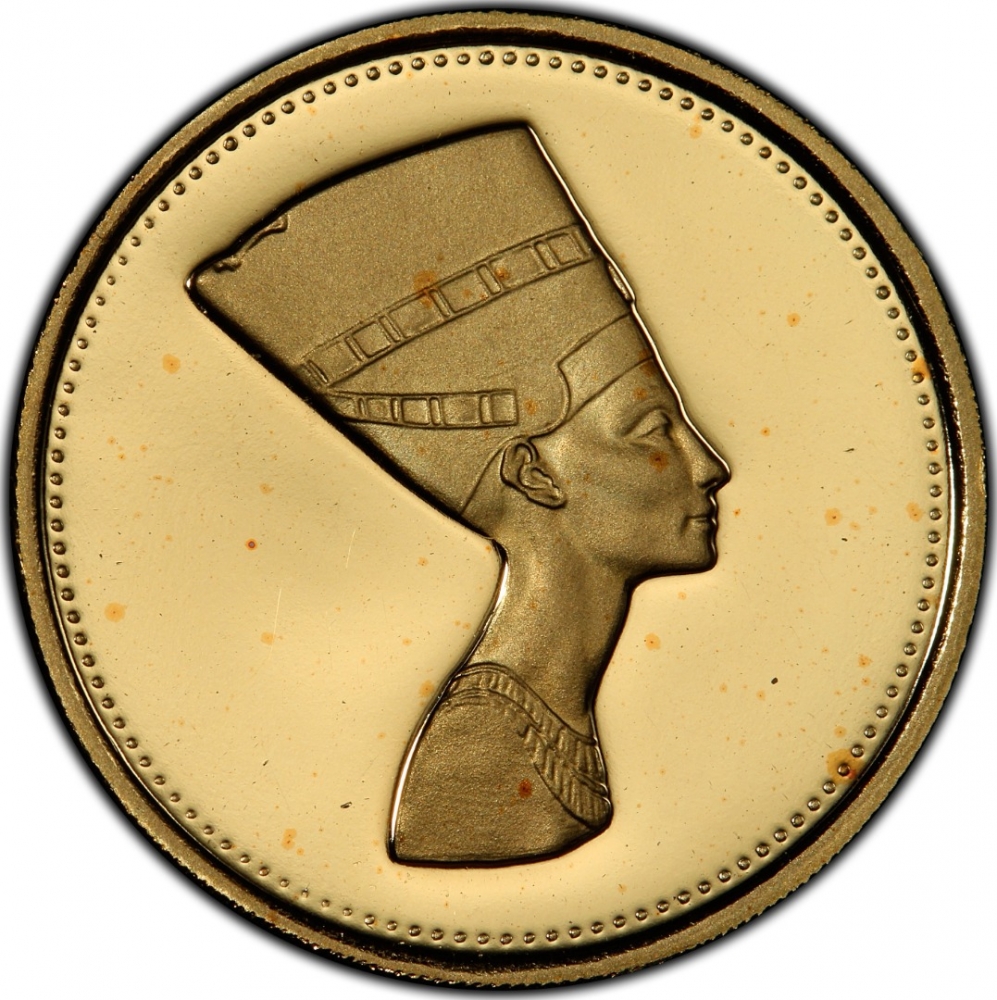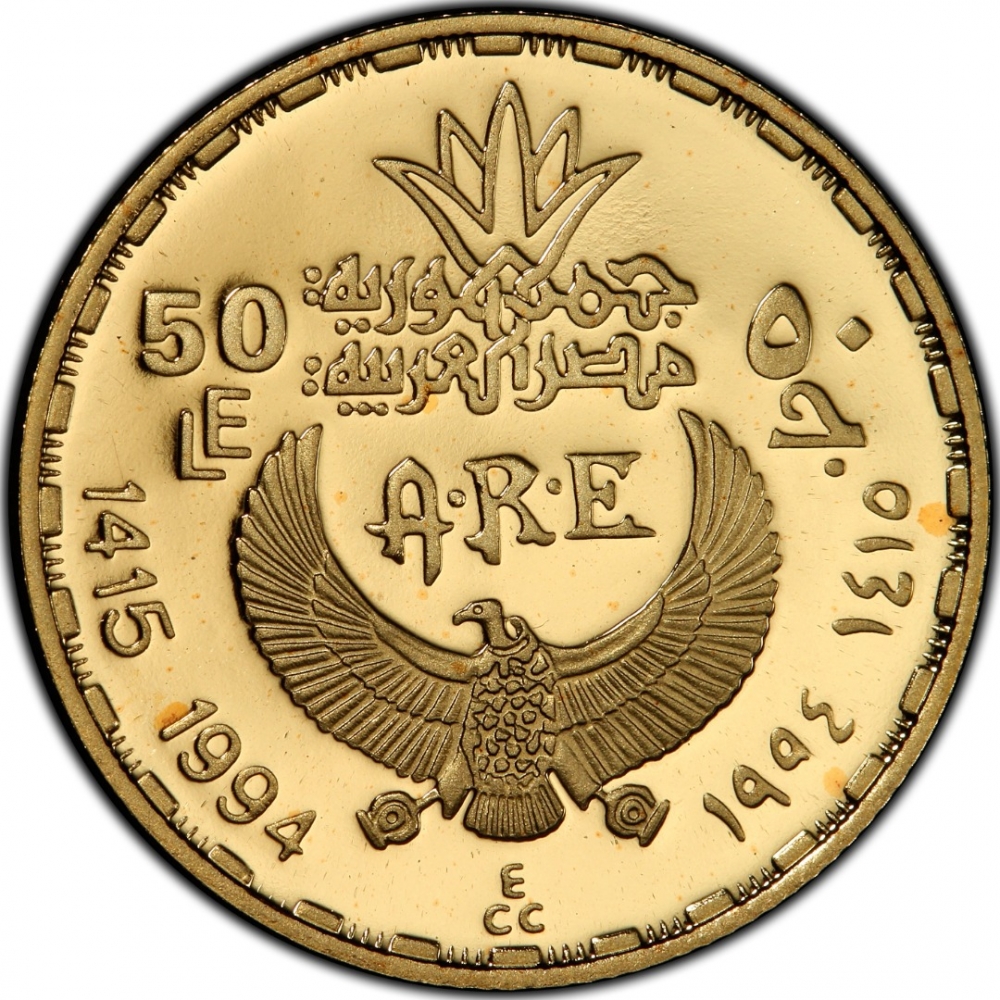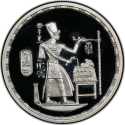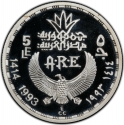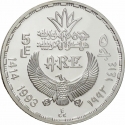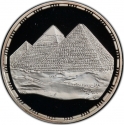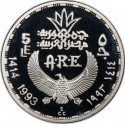You are about to finish your registration. Please check your mailbox (including spam folder). There should be a letter with a confirmation link. Check setting to make sure that your e-mail address is correct.
Send letter againDescription
Neferneferuaten Nefertiti (ca. 1370 – ca. 1330 BC) was an Egyptian queen and the Great Royal Wife (chief consort) of Akhenaten, an Egyptian Pharaoh. Nefertiti and her husband were known for a religious revolution, in which they worshiped one god only, Aten, or the sun disc. Together Akhenaten and Nefertiti were responsible for the creation of a whole new monotheistic religion which changed the ways of religion within Egypt. With her husband, she reigned at what was arguably the wealthiest period of Ancient Egyptian history.
She was made famous by her bust, now in Berlin's Neues Museum. The bust is one of the most copied works of ancient Egypt. It was attributed to the sculptor Thutmose, and it was found in his workshop.
Obverse

|
Depicts a bust of Nefertiti right. |
|---|---|
Reverse

|
Stylized state name (Arab Republic of Egypt) divides denomination in Arabic and English and abbreviation of state name (A.R.E.) below, the date in Arabic (Hijri) and Western (Georgian) divides by a vulture with open wings. Engraver's initials (ECC) below. 50 ٥٠ جمهورية مصر العربية |
| Edge |
50 Pounds
Pharaonic Treasure / Ancient Egyptian Art
Nefertiti Bust
Subscribe series
KM# 779
Pharaonic Treasure / Ancient Egyptian Art
Nefertiti Bust
